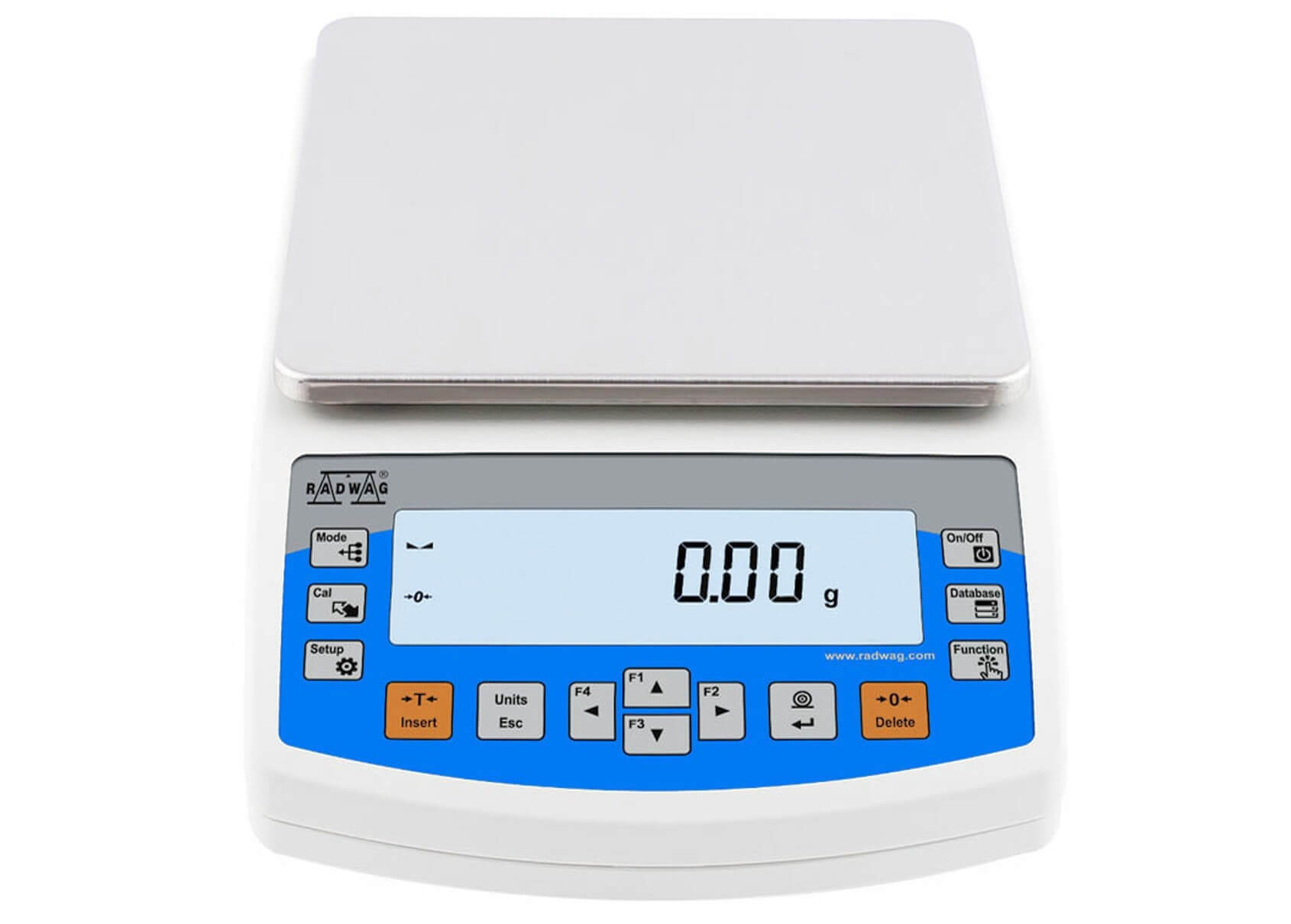There are 3 main parts of Calibration of weighing Balance
Repeatability is further divided into Full Load Repeatability and Half Load Repeatability.
Perform Weighing Balance Calibration at the place where Balance is being used. As readings changes as a change in g value (gravitational acceleration)
Before calibration, Level the balance properly and perform internal Calibration of balance. The procedure of Internal Calibration is given in the manual balance.
Keep the Weighing balance on as per the warm-up time mentioned in the manual. Keep Weights in the same environmental conditions as per weighing balance for thermal stabilization of weights.
Specific Accuracy of weights are required to calibrate the specific accuracy of weighing balance.
Accordingly, choose the correct accuracy of weight for weighing balance calibration.

The weighing balance calibration procedure is mentioned below.
Repeatability is a quantitative measurement of the variation of multiple measurements taken in the same environmental conditions of weighing Balance.
This test is carried out for Full Load and Half Load of Balance
For example, for 200 g balance, the Half load is 100 g, and the Full Load in 200 g
Repeat this step 10 times. Find Standard Deviation.
Linearity is a deviation from the nominal value of weight.
For eg- the standard reading of a weight of 1 g is 1.00054 g and the weighing balance indicates 1.012 g. Linearity error is weighing balance is
1.00054 – 1.012= – 0.01146 g
Ideally, it should be a straight line graph between standard weight and Indicated reading. A difference is called a linearity error.
Usually, a minimum of 10 such readings of different weights are taken including No Load and the Full Load.
Increasing Order, Decreasing Order, Increasing Order, Decreasing Order
(UUC is Unit Under Calibration)
Ideally, the weighing Object should be exactly placed at the center of the weighing pan. But every time it is not possible to keep the object at the center. Error due to placing an object off center (away from the center) is called eccentricity.
Recommended load for eccentricity is between or equal to one-third (1/3) and a half (1/2) of the maximum capacity of the balance.
The weight used in the Eccentricity test should be single weight.
The position of Weighing on the weighing pan should be ½ to ¾ of the total distance.
Alternate Method:
In Linearity Test, Readings of a single weight are taken four times continuously. And then next weight readings are taken. This Way, Repeatability is the check of balance instead of linearity.
The correct way is to take readings in increasing order of Minimum to Maximum load possible and then in decreasing order from maximum load to minimum load possible. Repeat this cycle two times and find the average.
In the Eccentricity test, Weight is not chosen properly between 1/2 to 1/3 of the maximum range. The single weight is not chosen.
The correct way is to choose a single weight between 1/2 to 1/3 of the maximum range.
The conveyor sorting machine is widely used in the packing industries using the PLC program…
Learn the example of flip-flop PLC program for lamps application using the ladder logic to…
In this article, you will learn the STAR DELTA programming using PLC controller to start…
Lube oil consoles of rotary equipment packages in industrial process plants are usually equipped with…
Rotating equipment packages such as pumps, compressors, turbines need the lube oil consoles for their…
This article explains how to blink lights in ladder logic with a detailed explanation video…